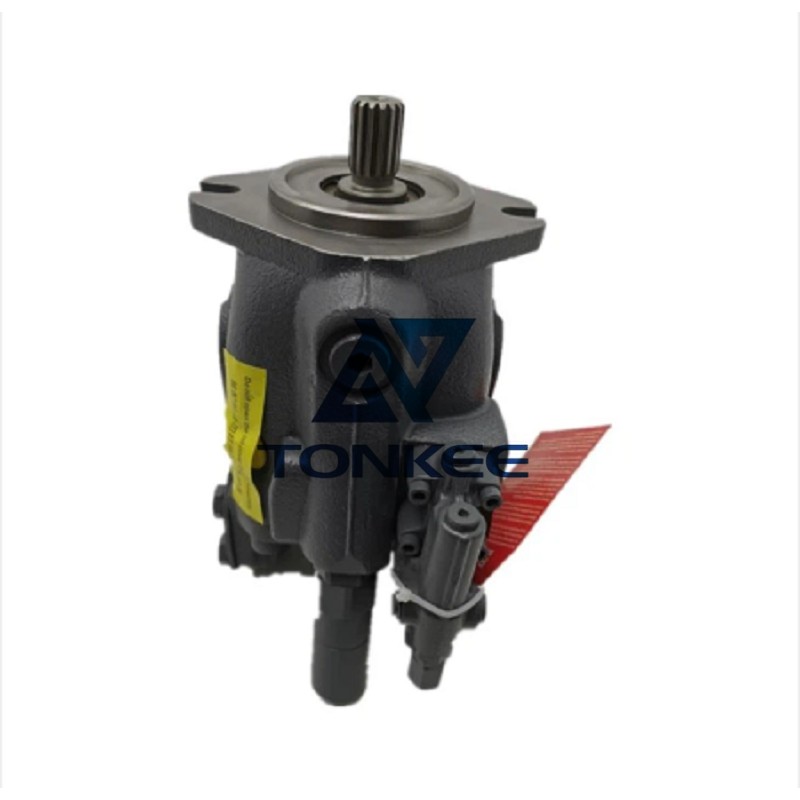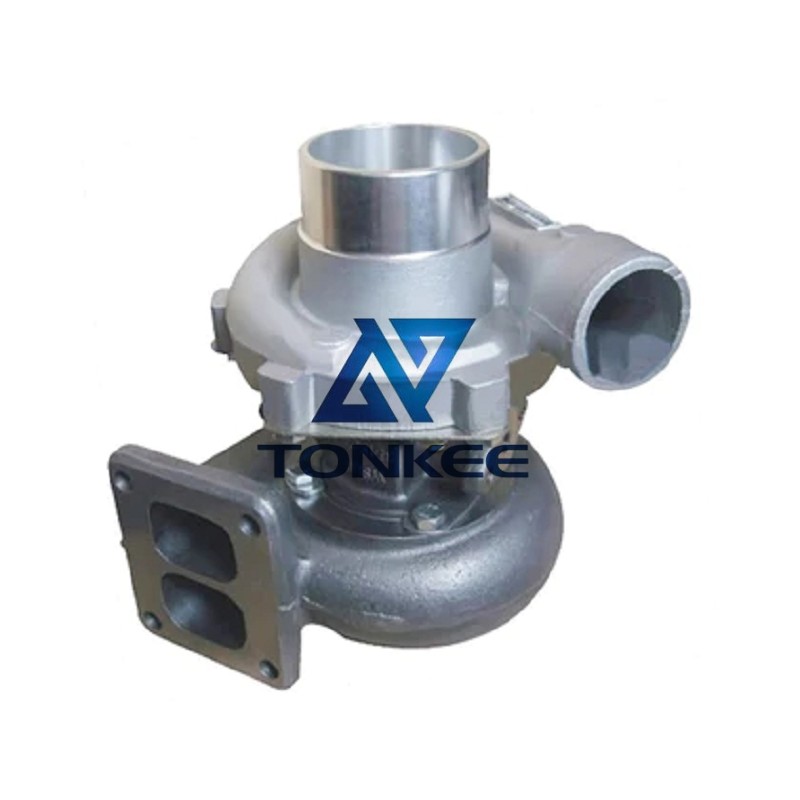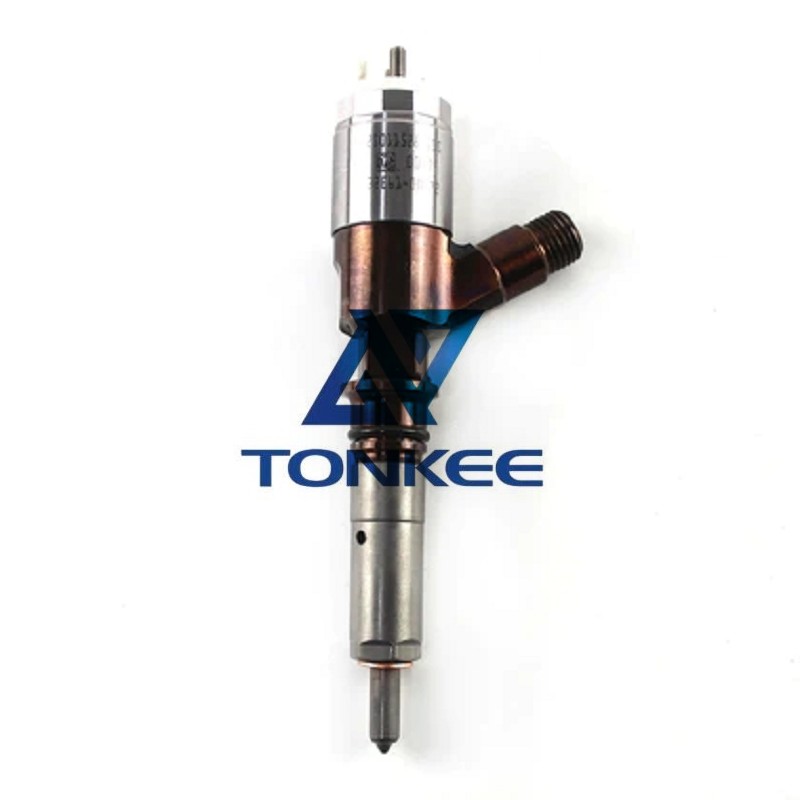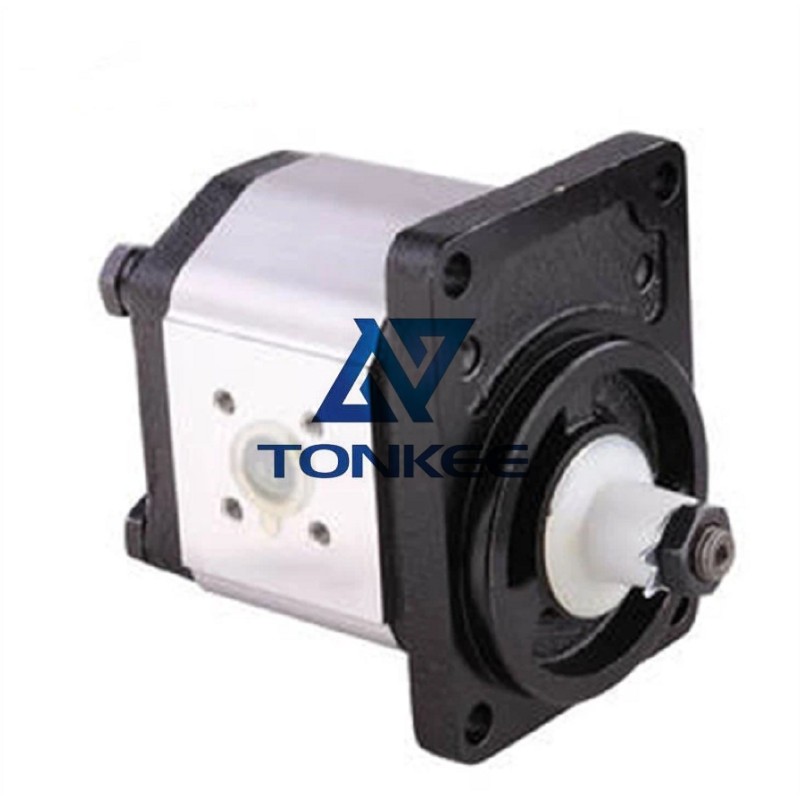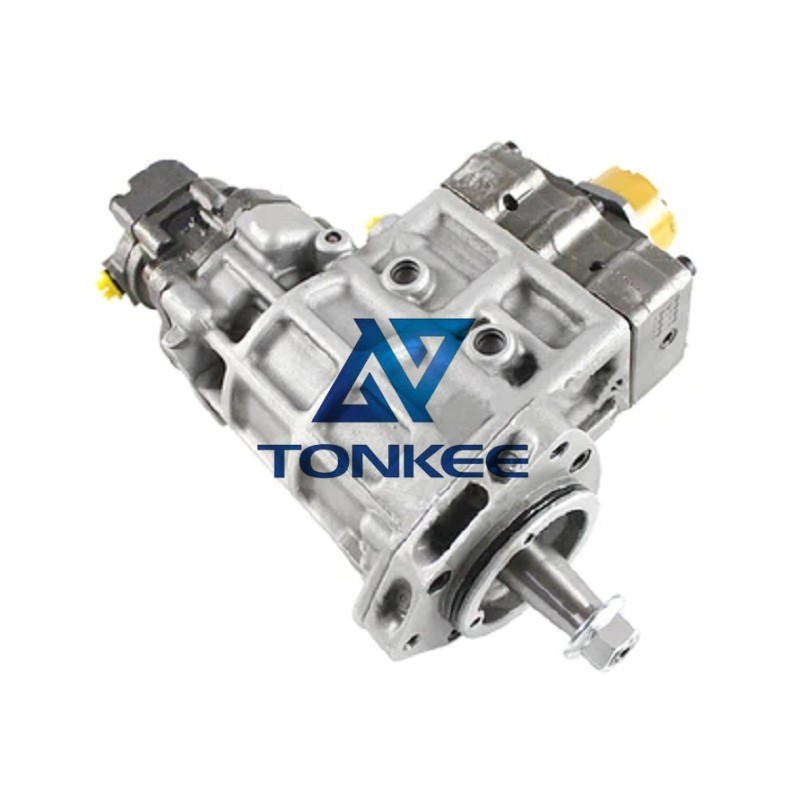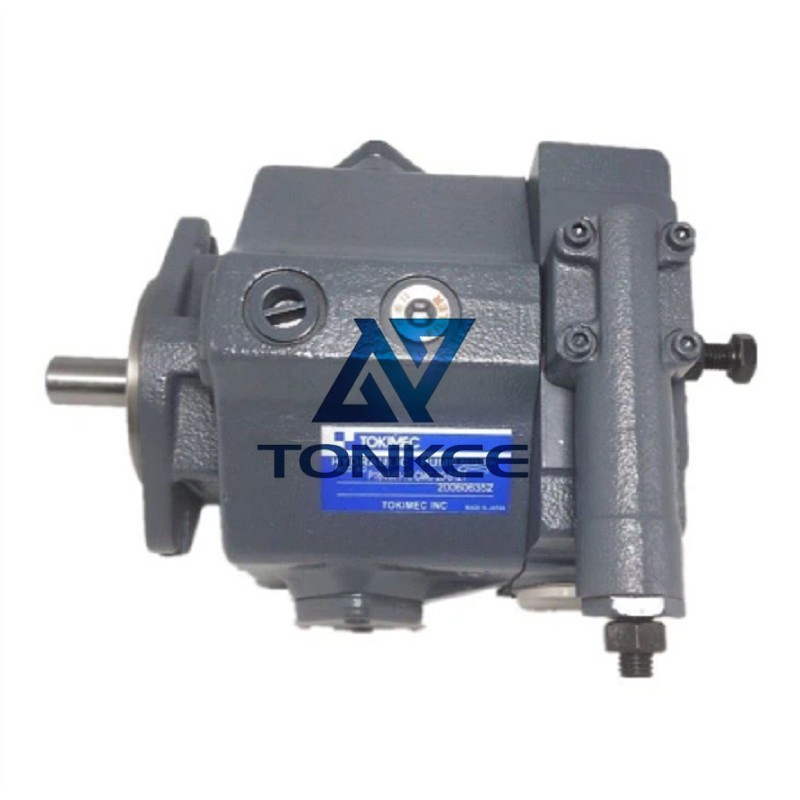
The internal gear pump consists of an outer rotor and an inner rotor, both of which have intermeshing teeth.
The outer rotor has one tooth less than the inner rotor, creating a crescent-shaped cavity between them. As the rotors rotate, the fluid is trapped in the cavities and carried from the inlet to the outlet of the pump.
One of the significant advantages of the hydraulic internal gear pump is its ability to provide a steady flow of fluid. The intermeshing gears ensure smooth and continuous delivery of fluid, which is crucial for applications that require constant flow rates. This feature makes the pump suitable for applications such as lubrication systems, hydraulic power units, and other industrial machinery.
Another key benefit of the hydraulic internal gear pump is its ability to handle high-pressure conditions. The tight tolerances between the gears and the pump housing minimize internal leakage, allowing the pump to generate significant pressure. This makes it suitable for applications that require high-pressure hydraulic systems, such as hydraulic presses and hydraulic cylinders.
The internal gear pump also offers excellent efficiency. The design minimizes internal leakage, resulting in improved volumetric efficiency. The pump operates at high mechanical and volumetric efficiency, ensuring optimal use of energy and reducing power consumption. This is beneficial for applications where energy efficiency is a priority.
Additionally, the hydraulic internal gear pump is known for its compact size and lightweight construction.
It occupies less space compared to other types of pumps, making it easier to integrate into various hydraulic systems, even those with limited space availability. The compact design also enables easy maintenance and replacement when necessary.
Furthermore, the internal gear pump exhibits excellent suction capabilities. It can handle a wide range of viscosities, including both thin and thick fluids. This versatility allows the pump to be used in diverse applications, including those involving oils, fuels, chemicals, and other viscous fluids.
In terms of maintenance, the hydraulic internal gear pump is relatively simple and easy to maintain. It has fewer moving parts compared to other pump types, reducing the chances of mechanical failure. Regular inspections, lubrication, and occasional replacement of wearing parts are typically sufficient to keep the pump in good working condition.





 English
English Русский язык
Русский язык

